-
ROBERTO CORTÁZAR
Roberto Cortázar (Chiapas, Mexico, 1962) grew up between his native Tapachula and Mexico City, within a family dedicated and related to the world of crafts and fine arts. His deep creative vocation led him to formally begin art at the age of 14. Cortázar completed his first professional studies in the Mexican capital, at the Artistic Initiation School No.2 (today INBA, initial level). Later in 1977 he entered the National School of Painting and Sculpture “La Esmeralda” (today part of INBAL), founded at the time, as an initiative in part, by the muralist Diego Rivera, where he was a teacher, in addition to other great names, such as Francisco Zúñiga, Frida Kahlo, Federico Cantú, María Izquierdo, among others. In 1979 he obtained his first scholarship in Production from the National Directorate of Plastic Arts of INBA Mexico. Upon completion of his academic studies, he began his professional career, participating in various top-level competitions and exhibitions around the country. Starting in the 80's, Cortázar began a career of countless exhibitions and constantly being on the radar of institutions and important collectors and art appreciators. In 1981 he obtained the José Luis Cuevas prize at the First Drawing Biennial of the National Hall of Plastic Arts at the National Palace of Fine Arts; event with which he attracted the attention of the acclaimed specialized critic, Maestra Raquel Tibol, and the legendary Mexican museographer Fernando Gamboa. In 1983 he held an important individual exhibition at the Sloanne Racotta Gallery in Mexico City. The following year he presented a solo exhibition at the Reynold Kerr Soho Gallery in New York, and at the Misrachi Gallery in Mexico City. Consecutively, he participated in countless individual and group exhibitions internationally in various museums and galleries, mainly in Central America and North America. He ended his first decade, in 1988, with a fruitful individual exhibition at the Museum of Modern Art in Mexico City, titled "Anatomías". The series was later presented in other venues such as the Museum of Monterrey, and in the Regional Museum of Guadalajara. In 1991 he exhibited at the inauguration of the Museum of Contemporary Art of Monterrey (MARCO) with a series called "Myth and magic in America of the Eighties." In this second decade he carried out special participations in cultural management and artistic education as a founding member of the National Council for Culture and the Arts (CONACULTA, Mexico). He also served as academic tutor and jury of the same institution from 1990 to 1994, giving talks, conferences and specialized courses at various universities, institutions and academic extension centers. Since 1993, he has maintained intense activity in galleries and museums, as well as appearances at art fairs throughout the American continent, highlighting in 1995 the retrospective of his work entitled "Posmodernity" at the National Museum of the Palace of Fine Arts. in Mexico City.
--
Roberto Cortázar (Chiapas, México, 1962) creció entre su natal Tapachula y la Ciudad de México, en el seno de una familia dedicada y relacionada al mundo de la artesanía y de las bellas artes. Su profunda vocación creativa lo llevó a iniciarse formalmente en el arte a los 14 años de edad. Cortázar realizó sus primeros estudios profesionales en la capital mexicana, en la Escuela de Iniciación Artística No.2 (hoy INBA, nivel inicial); posteriormente en 1977 ingresó a la Escuela Nacional de Pintura y Escultura “La Esmeralda” (hoy en día parte del INBAL), fundada en su momento, como iniciativa en parte, por el muralista Diego Rivera, donde fue docente, además de otros grandes nombres como Francisco Zúñiga, Frida Kahlo, Federico Cantú, María Izquierdo, entre otros. En 1979 obtiene su primera beca en Producción de la Dirección Nacional de Artes Plásticas del INBA México. A la conclusión de sus estudios académicos, comenzó con su carrera profesional, participando en diversos concursos y exposiciones de primer nivel alrededor del país. A partir de la década de los 80's, Cortázar inicia una trayectoria de incontables exhibiciones y a estar constantemente en el radar de instituciones y de importantes coleccionistas y apreciadores del arte. En 1981 obtiene el premio José Luis Cuevas en la Primera Bienal de Dibujo del Salón Nacional de Artes Plásticas en el Palacio Nacional de Bellas Artes; evento con el que llama la atención de la aclamada crítica especializada, Maestra Raquel Tibol, y del legendario museógrafo mexicano Fernando Gamboa. Realizó en 1983 una importante exposición individual en la Galería Sloanne Racotta, en la Ciudad de México. Al año siguiente se presentó con una exhibición individual en la Galería Reynold Kerr Soho en Nueva York, y en la Galería Misrachi de la Ciudad de México. Consecutivamente participó en un sin fín de exposiciones tanto individuales como colectivas a nivel internacional en varios museos y galerías, principalmente en Centroamérica y Norteamérica. Finalizó su primera década, en 1988, con una fructífera exhibición individual en el Museo de Arte Moderno de la Ciudad de México, titulada "Anatomías"; misma que se presentó posteriormente en otros recintos como el Museo de Monterrey, y en el Museo Regional de Guadalajara. En 1991 exhibe en la inauguración del Museo de Arte Contemporáneo de Monterrey (MARCO) con una serie llamada "Mito y magia en América de Los Ochenta." En ésta segunda década realiza especiales participaciones en la gestión cultural y educación artística como miembro fundador del Consejo Nacional para la Cultura y las Artes (CONACULTA, México); asimismo funge como tutor académico y jurado de la misma institución de 1990 a 1994, promulgando a su vez pláticas, conferencias y cursos especializados en todo orden de universidades, instituciones y sedes de extensión académica. A partir de 1993 mantiene una intensa actividad en galerías y museos, así como aparición en ferias de arte a lo largo del continente Americano, resaltando en 1995 la retrospectiva realizada de su obra titulada "Posmodernidad" en el Museo Nacional del Palacio de Bellas Artes, en la Ciudad de México.
-


ƎL Exilio No. 1
Oil, silver tip and varnish flatting on aluminum panel
153 x 117 cm
60.2 x 46 in
Unique

ƎL Exilio No. 2
Oil, oil leaf, candy, graphite, silver tip, pitt oil base, acrylic and white zync oil on aluminum panel
122 x 196 cm
48 x 77.2 in
Unique
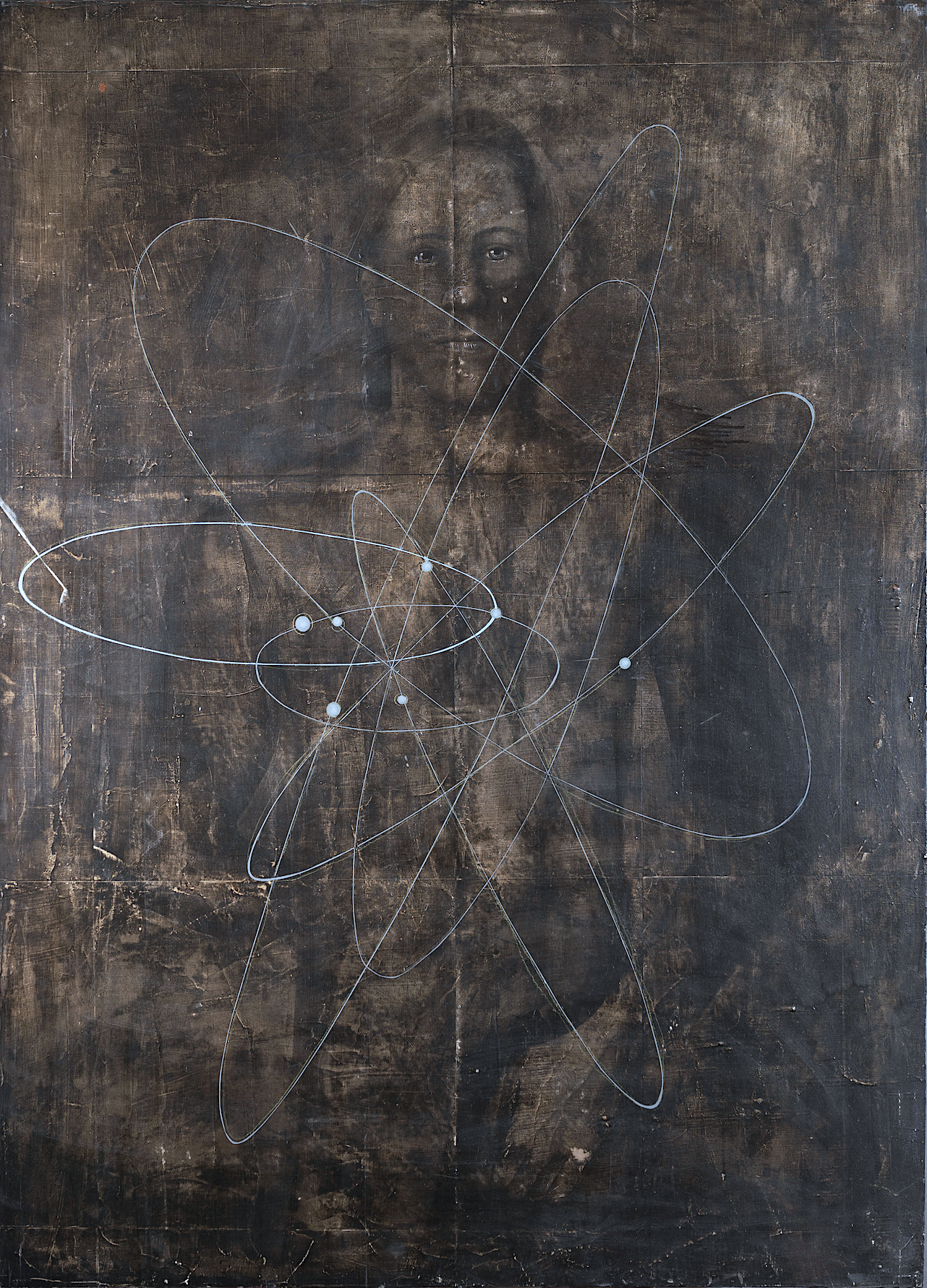
Figura masculina de pie. No. 11
Oil, silver tip, graphite, pitt oil base, acrylic, digital pencil tracing and white zync oil on wood panel
190 x 130 cm
74.8 x 51.2 in
Unique

Teoría Oscilatoria Ǝ, "Opus 1"
Oil, acrylic and silver tip on aluminum panel
196 x 116 cm
77.2 x 45.7 in
Unique

Cabeza masculina en 3/4
Oil, silver tip and varnish flatting on aluminum panel
123 x 58 cm
48.4 x 22.8 in
Unique
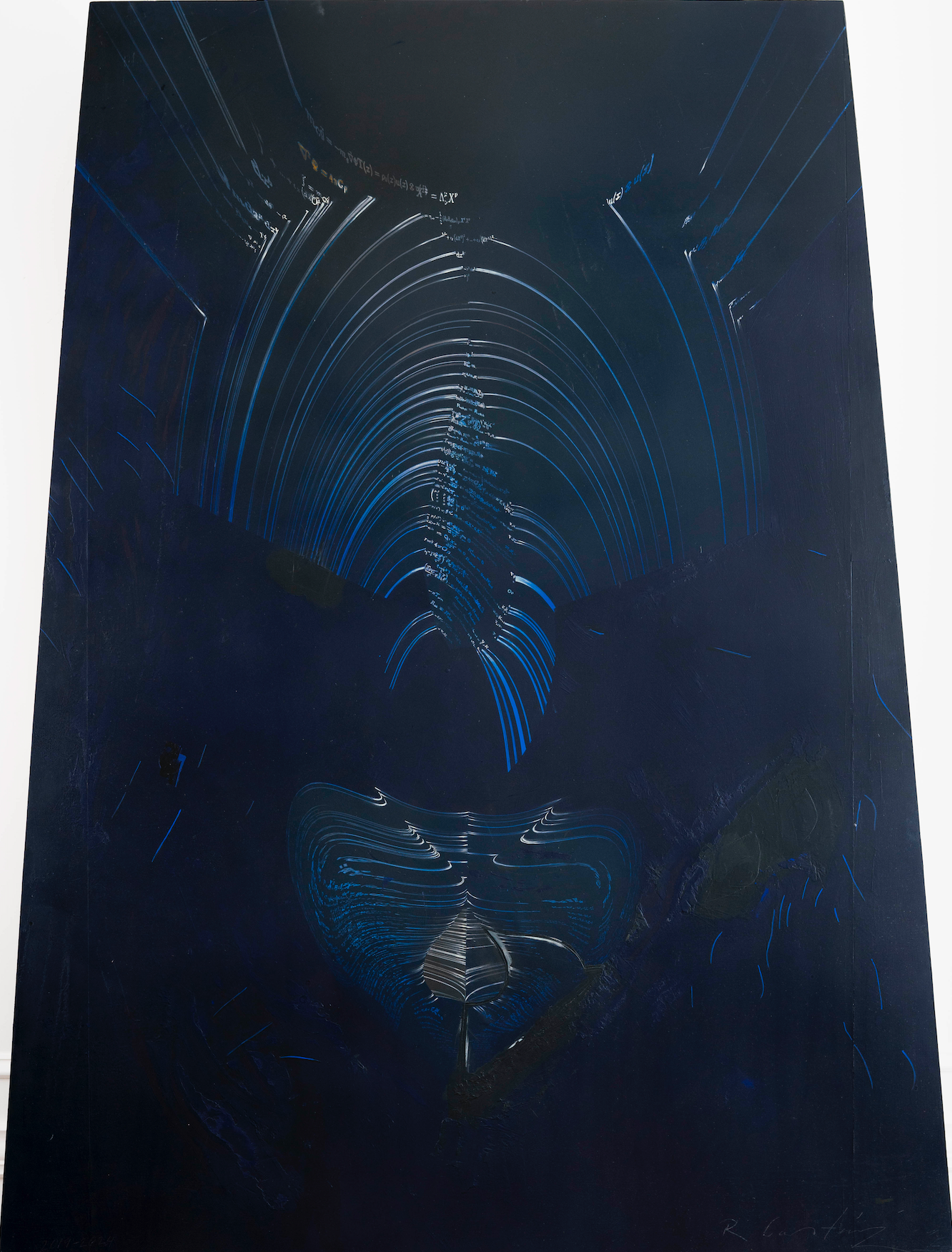
Ecuaciones Gravitacionales No. 3
Oil, silver tip, candy, graphite, pitt oil base, acrylic and white zinc oil on wood panel
200 x 150 cm
78.7 x 59 in
Unique
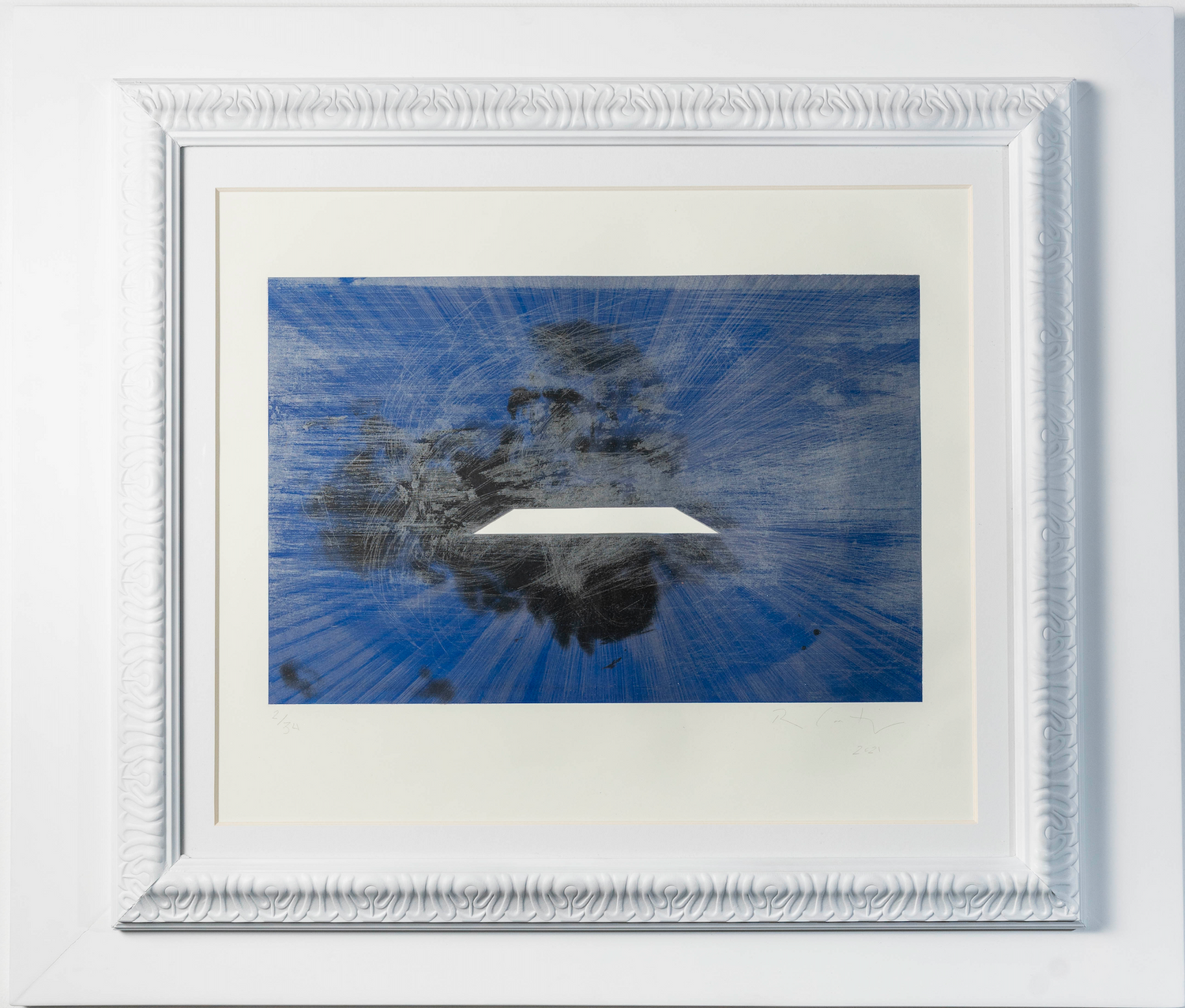
Ecuaciones Gravitacionales No. 34
Lithography on cotton paper
62 x 72.5 cm
24.4 x 28.5 in
Framed
Edition 2 of 34
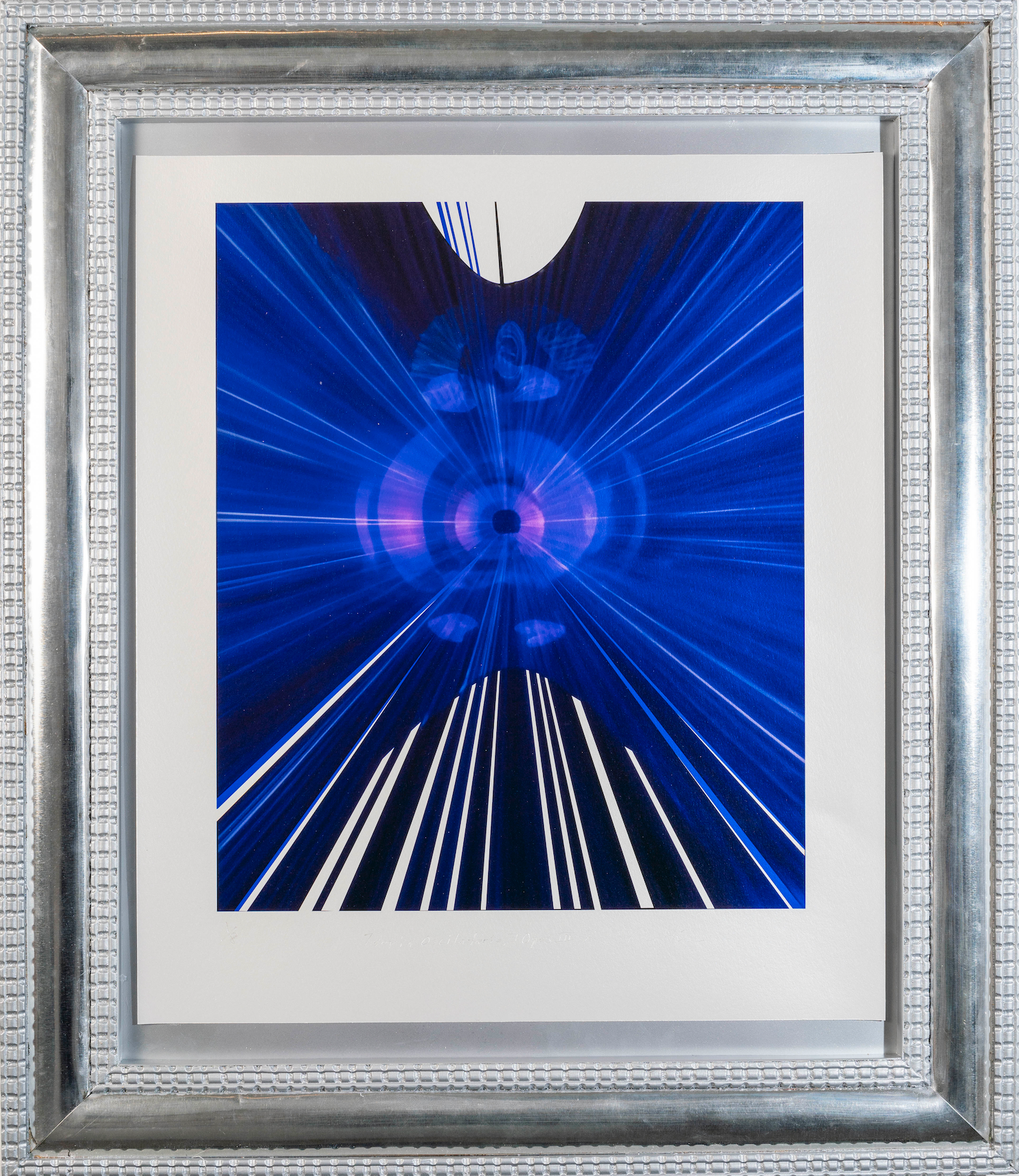
Teoría Oscilatoria Ǝ, "Opus 3"
Neography printed on photo rag metallic paper
72.5 x 63 cm
28.5 x 24.8 in
Framed
Edition 1 of 8


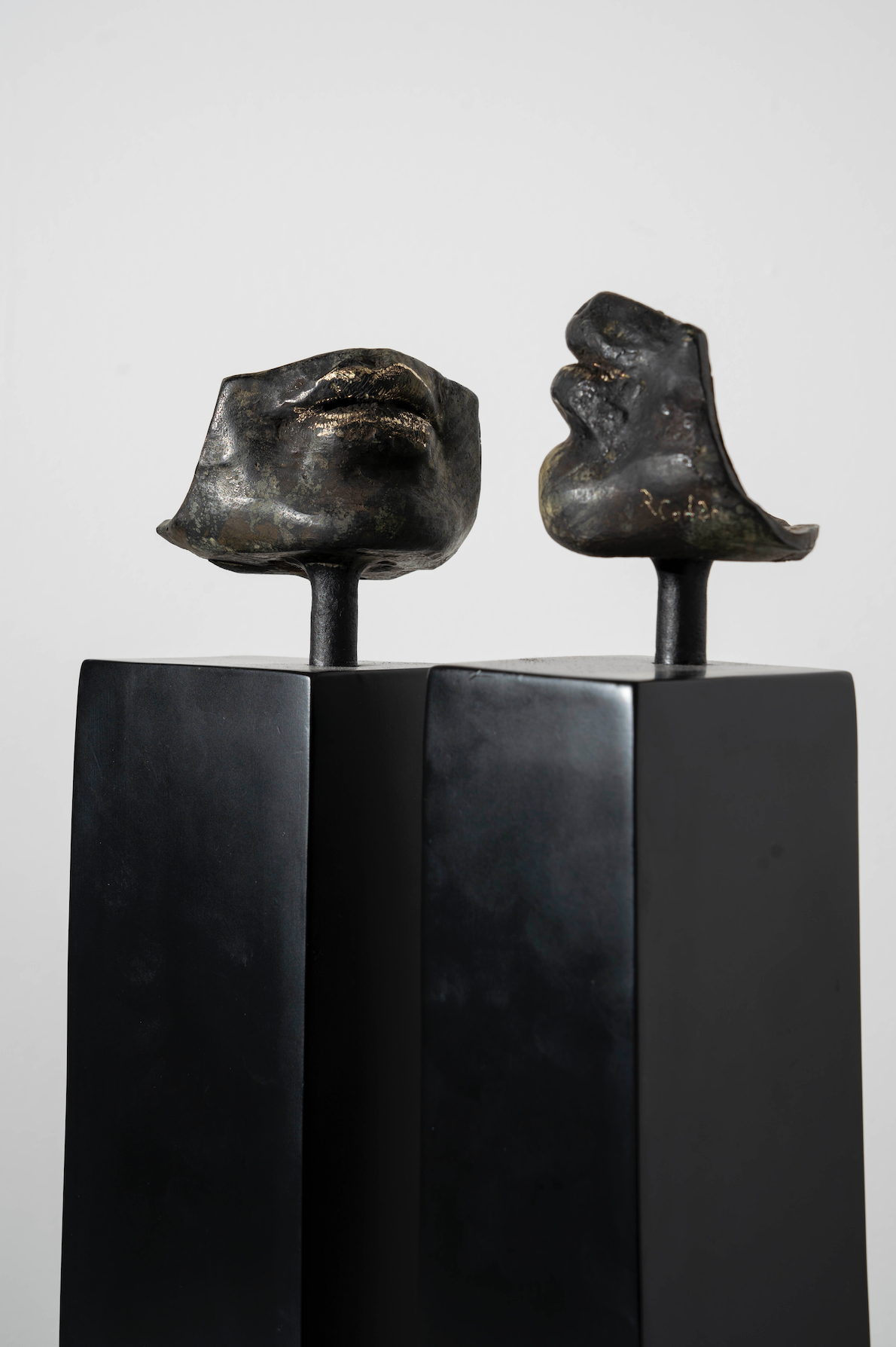

Cabeza femenina (Estudio)

